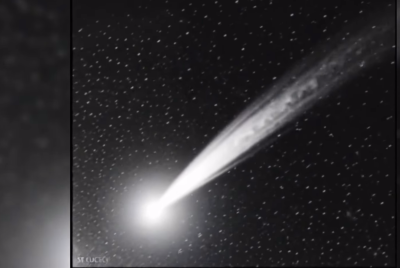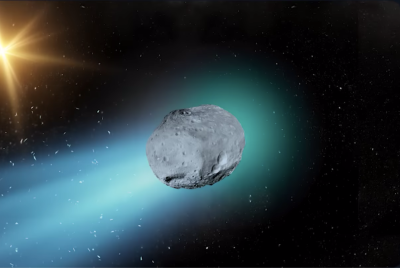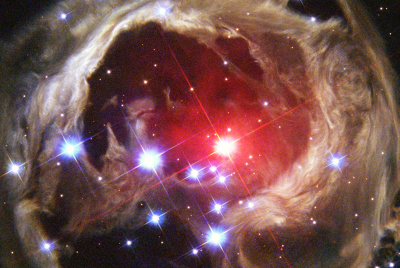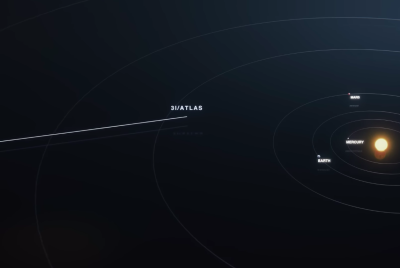WARNING: NASA Confirms Highest Category Solar Flares, Affecting Several Parts of the Globe
NASA and NOAA captured a massive sunspot, which causes highest class solar flares.

A massive sunspot is now directly facing Earth—and experts are warning it could unleash chaos.
NASA and the National Oceanic and Atmospheric Administration (NOAA) have issued fresh alerts as powerful solar flares erupt from the Sun's surface, with more expected to hit in the coming days. The warning follows an intense solar event on 14 May, when a series of flares disrupted communication systems across parts of the globe.
With solar activity ramping up and geomagnetic storms looming, scientists say the next round of solar eruptions could have serious consequences—from radio blackouts to power grid overloads.
Record-Breaking Solar Flare Disrupts Communications
On 14 May, an X2.7-class solar flare—one of the most powerful flares ever recorded—hit Earth, causing high-frequency radio blackouts across the Middle East, Asia and Europe.
In addition to the X2.7 flare, the sunspot also emitted smaller, yet still significant, M5.3 and M7.74-class flares. The solar eruptions originated from the Sun's most active region, which is now rotating directly toward Earth.
'There are currently up to five sunspot regions on the facing side of the Sun, with a new, apparently magnetically unipolar region rotating into view over the southeastern solar horizon,' the UK Met Office stated.
Jake Foster, an astronomer at the Royal Observatory Greenwich, warned that solar flares of this magnitude could have major impacts. These include disruptions to satellites, GPS navigation and even the electrical grid.
Could a Geomagnetic Storm Hit Earth?
The solar activity intensified further on 16 May, when additional flares reached Earth. Experts now fear these could trigger a geomagnetic storm—an extreme space weather event capable of blocking radio signals and satellite communications entirely.
'On the more serious end of the scale, they can cause an overload to electrical infrastructure, damaging the power grid and railway lines, and potentially even sparking electrical fires,' Foster cautioned.
NASA and NOAA are urging power companies, airlines and satellite operators to prepare for the potential impact of further solar storms.
How NASA Ranks Solar Flares
NASA classifies solar flares into five main categories based on their intensity. The scale, which works much like the Richter scale for earthquakes, increases by a factor of 10 at each step:
- B-class: the weakest, with little or no effect on Earth
- C-class: low-level flares with minimal impact
- M-class: medium-strength flares that can cause radio blackouts at the poles
- X-class: the strongest, capable of triggering global radiation storms and severe technological disruptions
An X2.7 flare, like the one recorded in May, is nearly three times more powerful than a basic X1 event, and significantly more dangerous than M-class flares.
Even at their lowest levels, X-class flares can impact airline passengers, satellites, and power infrastructure. The arrival of an X2.7-class flare has prompted authorities to closely monitor the situation and issue advisories to operators of critical systems.
© Copyright IBTimes 2025. All rights reserved.





















